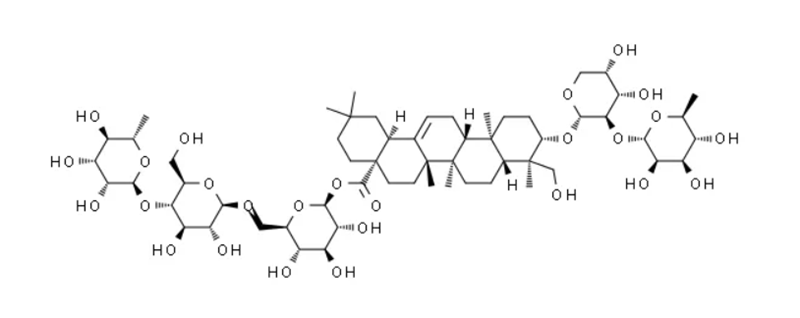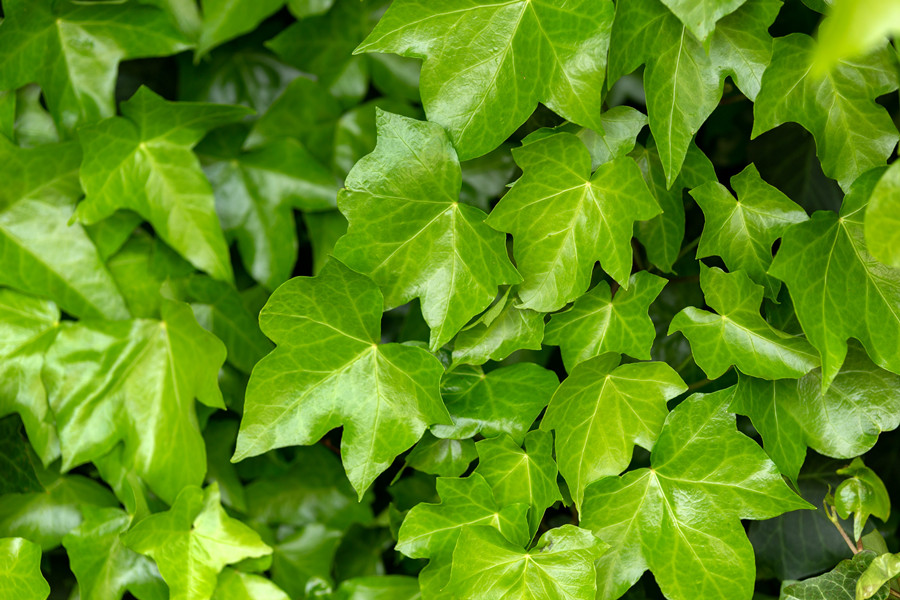English ivy(Hedera helix) is a natural plant native to the southern part of Europe and the Americas. The plant’s roots and leaves are used for medicinal purposes. It is a highly attractive plant, and it can be grown indoors as a houseplant. In fact, it is one of the easiest plants to grow in a low-light situation. This plant grows quickly, covering tree trunks and walls. Its vines also prevent sunlight from reaching the host tree’s leaves, impairing photosynthesis and making trees more vulnerable to storms. In addition to a beautiful ornamental plant, English ivy has various medicinal benefits.
English ivy contains saponins, triterpenes, and hederagenin. These compounds work together to produce positive effects on the body. They are applied to the skin for burns, joint pain, and nerve pain. Other uses include the treatment of respiratory conditions, skin infections, and inflammation. The plant has many benefits, It has anti-inflammatory and antioxidant properties, may help fight rheumatoid arthritis and reduce cough associated with colds or viral infections. However, it may be an expensive treatment, and more research is needed before the benefits are confirmed.
Hederacoside C is the active ingredient found in the leaf extract of English ivy. This compound has antibacterial, bronchodilator, and expectorant properties and is widely used in the treatment of respiratory disorders. Although it is still unclear whether HDC has therapeutic potential, it has been shown to inhibit S. aureus-induced acute lung inflammation. It is now being investigated as a potential anti-inflammatory drug. If you are also looking for a biopesticide, you should try a biopesticide with this compound in it.
How Was Hederacoside C Extracted From Ivy Leaves?
The extract was purified using the reversed-phase high-performance liquid chromatography (HPLC) method. The ivy leaf extract was standardized to contain at least 10% hederacoside content using HPLC. Rainbow biotech is one of the manufacturers of this extract. Here are the steps involved in its purification and characterization.
A sample of each drug was prepared and analyzed using a developed method. The samples were collected at the same time and analyzed 24 hours apart. The resulting RSD was low and suggested that the method is able to provide accurate results. Hence, it was used to analyze Hederacoside C in cough syrup.
The extraction method was simple: Hederacoside C powder was dissolved in 30% ethanol and then transferred to a volumetric flask. The resulting solution was sonicated for 10 min and completed to volume. The resulting solution was subjected to HPLC fingerprint analysis and the result was confirmed as hederacoside C. In this way, the extraction process has become a practical analytical tool for quality control and safety.
A sample of Hedera helix leaves was produced from Rainbow Biotech. The extract was further purified by HPLC using orthophosphoric acid and filter membranes from Vivid. It was also used to produce bidistilled water. Using this method, the extract was further purified and analyzed for hederacoside C and a-hederin. It was developed to measure hederacoside C and other compounds in ivy leaf extracts.
The Use of Hederacoside C
The extract from Hedera helix was used for antispasmodic and bronchodilatory effects. Its synthesis is based on hederin-saponins, which can penetrate the skin. Moreover, it can also induce smooth muscle contractions by affecting the activity of acetylcholine. This suggests that alpha-hederin might contribute to this contraction response.
Despite the risks associated with ivy, it is used in plant medicine today. In Europe, it is a widely-used expectorant and anti-inflammatory. It has been approved by the European Medicines Agency and the German Commission E for use in cough medicines for both productive and chronic inflammatory bronchial conditions. But it also contains harmful properties like glycosides, toxic when ingested. People with dry skin and allergies may have a negative reaction, but the risk is much lower than for other plant extracts. You should still follow all directions on the label, and avoid using more than recommended. In case you have side effects, consult your healthcare provider.




